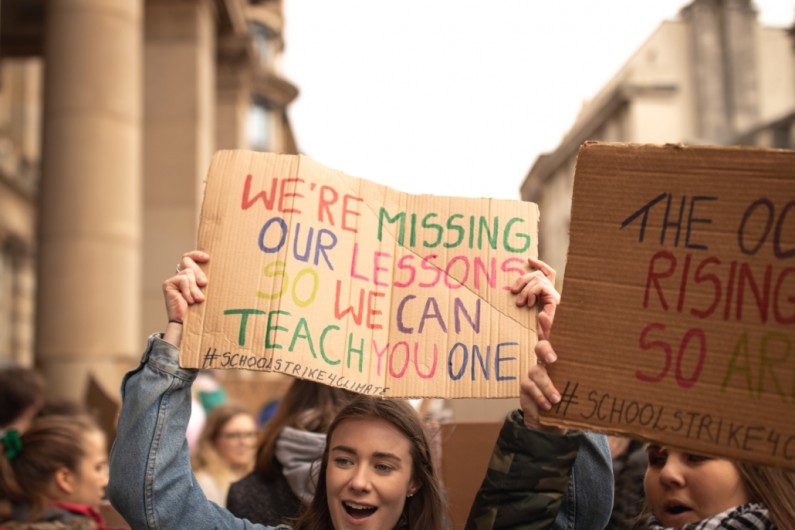#OKBoomer, VSCO Girl, cringe and lit – if these terms don’t mean anything to you, you are not speaking the language of the so-called Generation Z. The under-25 year olds are an enormously important target group for many companies and brands and present new challenges to traditional PR work. After all, how do you reach a target group that is almost exclusively using TikTok, Instagram and Snapchat?
In order to reach them you have to understand what they are interested in and what they desire. This is a guidebook about Generation Z and the channels on which they can be found.

Photo by Callum Shaw on Unsplash
Genuine Digital Natives: Media consumption of Gen Z
Gen Z is the first generation that cannot remember a world without the internet or smartphones. Its members are the first true digital natives and do not distinguish between the virtual and real world – online and offline merge.
98 percent of Gen Z have a smartphone, more than half of them claim to be non-stop online. Yet their use of the internet is mainly for entertainment. Youtube is the most popular social media platform for under-25 year olds, ahead of Instagram and Snapchat. With Instagram’s introduction of the “stories”, Snapchat suffered a slight setback, but remains popular among Generation Z, as it is considered more authentic than the largely fake Instagram world (#nofilter). TikTok, on the other hand, is growing explosively and is particularly popular with teenagers – the user base is aging with the app, as with all social media, and is already an important channel for reaching consumers.
Fun is indeed the driving force for their media consumption. The attention span for those under 25 years of age is below 5 seconds.** But Gen Z also uses the Internet to get information – primarily through social media, of course. Almost half of Generation Z says they use social media to stay up-to-date. Many traditional media or TV shows are already skilfully operating new social media channels to appeal to younger users. The Tagesschau is a successful example with campaigns such as the Instagram series on 30 years since the fall of the Berlin Wall or their charming Tik-Tok debut (they have 527.1k followers today).
In addition to the classic media channels, which are expanding their offerings to other channels, there are also some media offerings that were created especially for Gen Z: For example, the News-WG made by Bayerischer Rundfunk or Mädchenabende from WDR, which run exclusively on Instagram. The latter is financed by funk, the video offer for young adults and teenagers by the national broadcasting channels ARD and ZDF, which also promotes and integrates many youtubers and influencers of other channels. With the launch of this channel, the makers of public television have proven that they know what Generation Z especially loves: Influencers. But they are not everything! Some German online media also succeed in winning over a younger target group – including Cosmopolitan.de, Buzzfeed, Noizz, Zeit.Jung or Bravo for under 18-year-olds.
Even though social media is the number one source of news, classic media are not completely written off. If under 25-year-olds want to dive deeper into a topic, they orientate themselves on their parents’ news consumption. Gen Z classifies the Tagesschau/Tagesthemen (84 percent* say so) as particularly trustworthy, followed by print editions of regional daily newspapers, regional radio stations and ZDF heute journal.
#nofilter: How to reach Gen Z?
As for all PR activities, the same applies to communication with Gen Z: content is everything. If you tell relevant stories, you will also reach a target group that otherwise mainly follows their football idols and models on Instagram. It is important to speak the language of Generation Z: In addition to the entertainment factor, authenticity and diversity are essential in addressing this generation. Gen Z is global and versatile. Billie Eilish and Greta Thunberg show that constructed and superficial icons are out. Brands with sustainable and authentic aspirations are more likely to build a community within Gen Z. In other words, this generation reacts quickly and smartly to green and pinkwashing campaigns and is a driver of online discussions. So the question is not only “HOW do I talk to Gen Z”, but also: “IS Gen Z my target group?”
And how do we reach Gen Z media, channels and influencers or podcasters? One thing is clear: not with the classic press release. If you want to win over the under-25s, you have to know what drives them. Here, too, media relations are the be-all and end-all – an individualized approach is particularly important for Gen-Z multipliers. What needs do editors and influencers have? Can our product help them with a current problem? Ultimately, the editors and influencers share the longings and concerns of the generation they are addressing with their medium. So if you want to convince Gen Z of its merits, you need to understand what this generation is burning for and what it is entertaining: And that ranges from Bibi’s Beauty Palace to climate strike with Greta Thunberg.
If you would like to find out more about Generation Z and other highly targeted press work, please contact us at info@piabo.net.
These insights were written for you by Sophie Kohoutek, Senior Account Manager PR.
Sources: BDWD Studie 2018, Elbdudler Jugendstudie 2018, Planung & Analyse: Zukunft ohne Markenloyalität?, *Jugend und Medien 2019: Aktuelle Ergebnisse zur Mediennutzung von Jugendlichen in Deutschland, ** ThinkwithGoogle


